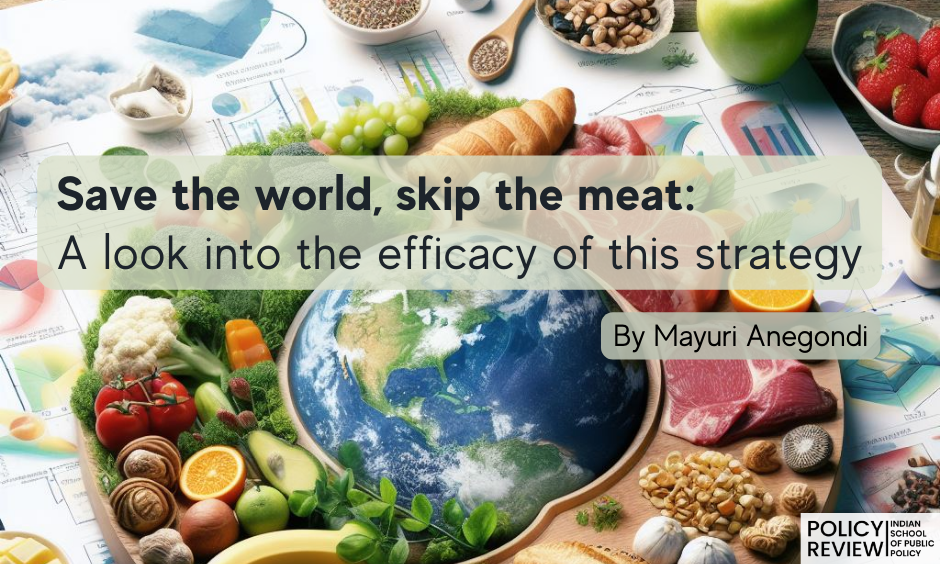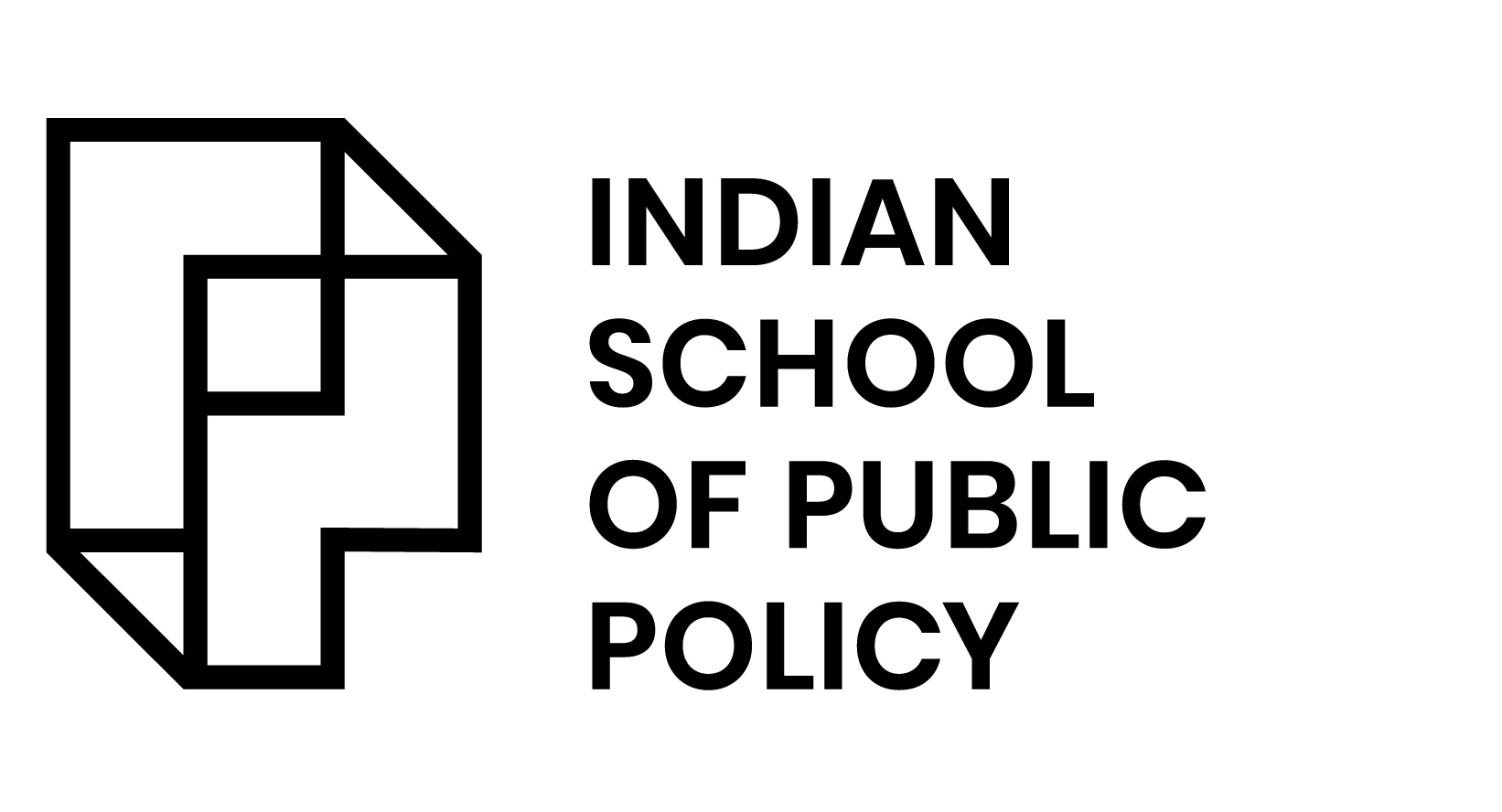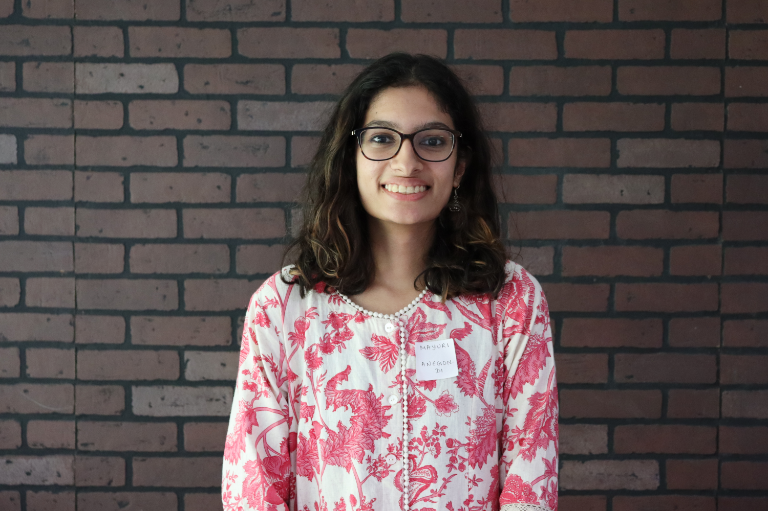
Save the world, skip the meat: A look into the efficacy of this strategy

Today, most of the world agrees on the existence of a climate crisis and the urgency with which it must be addressed. Recently, a study said, “Dietary shifts away from animal-based foods can make a substantial contribution to the reduction of the UK’s environmental footprint” (Scarborough et al., 2023, p.590). This checks out, too, because livestock accounts for about 14.5 per cent of global greenhouse gas emissions and “the study also showed that low-meat diets – less than 50g a day – had half the impact of high-meat diets on greenhouse gas emissions, water pollution and land use”(Carrington, 2023).
However, even with these promising changes in the consumption patterns of individuals, we face a critical challenge. Currently, we are at 1.3 degrees Celsius – only 0.2 degrees Celsius away from the internationally agreed threshold (United Nations Framework Convention on Climate Change, 2016), which, if crossed, will prove the impact of climate change to be almost irreversible. Even though COP28 focuses on dietary habits, we must ask if only focusing on the demand reduction of meat and dairy products is a time-effective investment.
Along with its potential, it is important to recognise that solely addressing the demand side comes with its own limitations. Demand reduction for meat will result in an increase in the demand for crops. One solution to accommodate this is to replace pasture land with cropland. While this might seem logical, it oversimplifies a complex issue. Grazing animals, such as cattle, are uniquely capable of converting human-inedible forage into valuable meat. They can thrive in areas unsuitable for crop farming, and their presence can promote carbon-capturing regrowth in regions that would otherwise remain barren. Transitioning entirely to cropland would not only demand more energy-intensive processes like fertiliser and pesticide use but also disrupt the environmental balance that well-managed grazing can maintain.
Therefore, adopting a balanced approach and avoiding supply shortages during the transition of increasing demand for produce will be pertinent. It would require substantial technological advancements in agriculture, particularly in developing more efficient and sustainable plant-based alternatives. This transition would necessitate advancements in crop production, storage, and distribution to ensure a consistent supply of plant-based foods. It also means a large part of the meat industry’s supply chain will be unsold waste that could cause zoonotic diseases. Not only that, but it also means finding innovative ways to replace the valuable byproducts of livestock farming, such as manure, which serves as a natural fertiliser for crops.
Moreover, converting pasturelands into croplands can release substantial amounts of carbon stored in the soil. According to the Intergovernmental Panel on Climate Change (IPCC), land-use change, including deforestation and land conversion, accounts for approximately 10-12% of global greenhouse gas emissions(IPCC Special Report on Climate Change and Land, 2019). Shifting to a cropland-based diet would likely lead to increased fertiliser use, particularly synthetic nitrogen fertilisers. These fertilisers are a significant source of nitrous oxide, a potent greenhouse gas that is approximately 300 times more effective at trapping heat in the atmosphere than carbon dioxide.
However, the environmental consequences of converting pasturelands to croplands extend beyond greenhouse gas emissions. This conversion also often results in habitat destruction, impacting local biodiversity. The World Wildlife Fund reports that habitat loss due to agriculture is one of the primary drivers of species extinction, further compromising the planet’s ecosystems. Livestock also serves as a crucial insurance against crop failure. According to the Food and Agriculture Organization, livestock provides livelihoods for at least 1.3 billion people, particularly in developing countries. The idea of livestock-free agriculture is tempting, but it is not yet practical for most farmers.
This shift, however, may work well in some parts of the world, predominantly in developed regions where alternatives are readily available. However, it’s essential to recognise that a one-size-fits-all approach such as this does not account for cultural and geographical differences. In many regions, livestock is vital in traditional diets and economies. Forcing communities to drop meat in such areas would be detrimental to the unity of the global community, especially as middle-income countries become wealthier and demand more meat. The United Nations forecasts a 14 per cent increase in meat consumption by 2030 (OECD-FAO Agricultural Outlook 2021-2030, 2021). This demonstrates the challenge of reducing meat consumption on a global scale.
Policies could potentially cover the aspect of beefing up infrastructure and capabilities to increase crop agriculture. Not only would it require significant technological advancements in produce storage facilities, genetic engineering of seeds, which already have divisive effects on the science community and significant shifts in farming practices that include supply chain efficiency, but also the implementation must be such that it offsets the negative effects of increasing scale. The transition would necessitate an upheaval of the entire agricultural industry and potentially leave many farmers without a safety net.
Even the social movement required for this change will divert our attention to a narrow, dead-end solution. Although meat consumption significantly contributes to the climate crisis, it’s essential to note that other sectors also play substantial roles. The energy sector contributes to over 70% of emissions, of which 24% is used by the manufacturing industry. The world has seen a 34 % and 43% increase in the energy and manufacturing sectors’ emissions, respectively, from 2005 to 2022, while agriculture only saw a 15% increase (Ritchie et al., 2024).
COP28, headed by Dr. Sultan Ahmed Al Jaber, the CEO of Abu Dhabi Oil Company, where leaders from all sectors are meant to participate, is yet another reminder of how industries that claim to be committed to solving the crisis are, in fact, part of the problem and hold great power to move the needle in either direction.
This is not an argument against reducing meat consumption, but a reminder that without investing in other forms of emission reduction, it may cause unintended consequences ranging from environmental to societal and economic. While it has its merits, it’s essential to look at the problem with a polycentric approach that accommodates the diverse needs of different regions and communities. We must diversify our investment in solutions to the climate crisis for greater and faster returns than just not eating meat.
References:
- Carrington, D (2023, July 20). A vegan diet massively cuts environmental damage, a study shows. The Guardian. https://www.theguardian.com/environment/2023/jul/20/vegan-diet-cuts-environmental-damage-climate-heating-emissions-study
- Chapter 1—Global Warming of 1.5 oC. (n.d.). Retrieved November 29, 2023, from https://www.ipcc.ch/sr15/chapter/chapter-1/
- COP28 UAE – United Nations Climate Change Conference. (n.d.). Retrieved November 29, 2023, from https://www.cop28.com/en/
- Environmental science, data, and analysis of the highest quality independent, non-governmental, and open-source. (n.d.). Berkeley Earth. Retrieved November 29, 2023, from https://berkeleyearth.org/
- European Commission. Joint Research Centre. (2023). GHG emissions of all world countries: 2023. Publications Office. https://data.europa.eu/doi/10.2760/953322
- Grassi, G., Conchedda, G., Federici, S., Abad Viñas, R., Korosuo, A., Melo, J., Rossi, S., Sandker, M., Somogyi, Z., Vizzarri, M., & Tubiello, F. N. (2022). Carbon fluxes from land 2000–2020: Bringing clarity to countries’ reporting. Earth System Science Data, 14(10), 4643–4666. https://doi.org/10.5194/essd-14-4643-2022
- Holmes, B. (2022). How much meat can we eat—Sustainably? Knowable Magazine | Annual Reviews. https://doi.org/10.1146/knowable-081722-1
- Kortetmäki, T., & Oksanen, M. (2021). Is there a convincing case for climate veganism? Agriculture and Human Values, 38(3), 729–740. https://doi.org/10.1007/s10460-020-10182-x
- Ritchie, H., Rosado, P., & Roser, M. (2024). Emissions by sector: Where do greenhouse gases come from? Our World in Data. https://ourworldindata.org/emissions-by-sector
- Ritchie, H., & Roser, M. (2023). Sector by sector: Where do global greenhouse gas emissions come from? Our World in Data. https://ourworldindata.org/ghg-emissions-by-sector
- Scarborough, P., Clark, M., Cobiac, L., Papier, K., Knuppel, A., Lynch, J., Harrington, R., Key, T., & Springmann, M. (2023). Vegans, vegetarians, fish-eaters and meat-eaters in the UK show discrepant environmental impacts. Nature Food, 4(7), Article 7. https://doi.org/10.1038/s43016-023-00795-w
- United Nations Framework Convention on Climate Change. (2016). The Paris Agreement. United Nations Climate Change.
- https://unfccc.int/process-and-meetings/the-paris-agreement
- Michele, P. (2021). OECD-FAO Agricultural Outlook 2021-2030.
- https://www.fao.org/3/cb5332en/Meat.pdf

Mayuri
Driven by her sense of duty, Mayuri joined the field of public policy. She believes in the requirement of data-driven policy and fiercely advocates for change in labour, health and environment laws across industries, from manufacturing to entertainment, to match the needs of growing markets.


